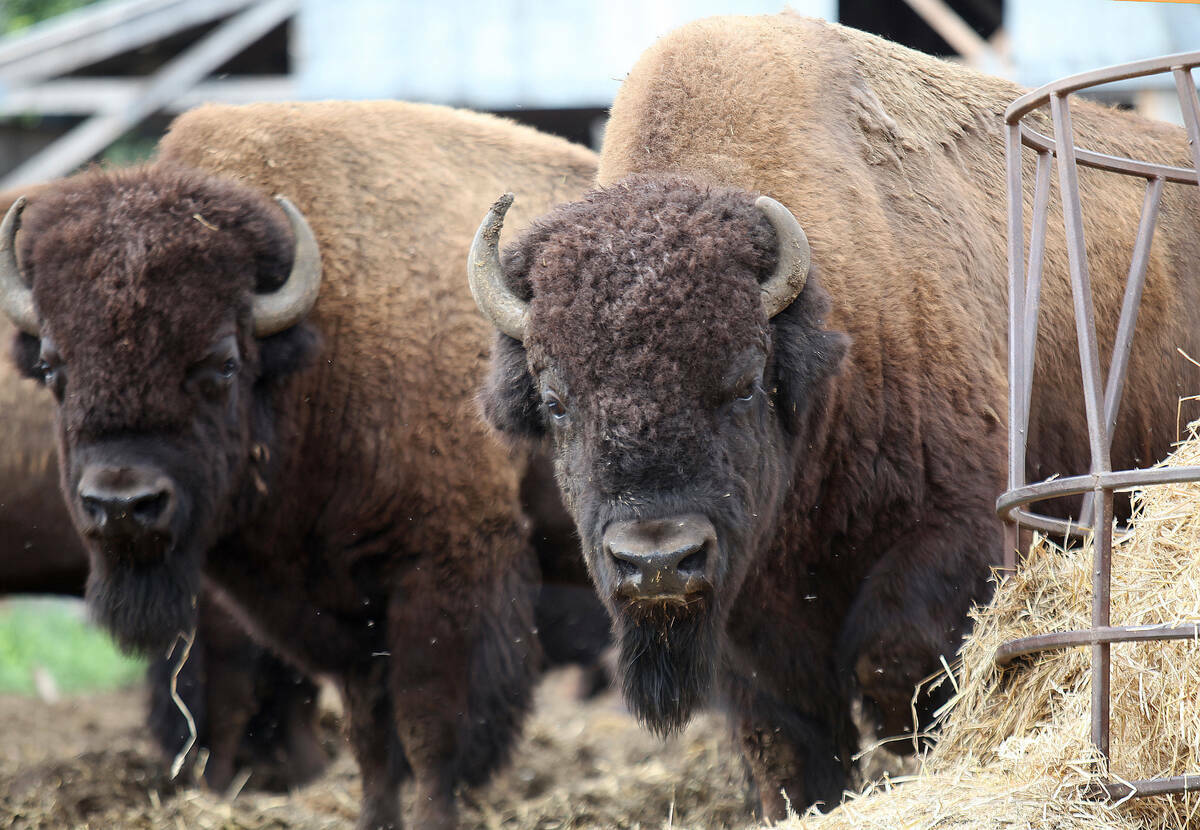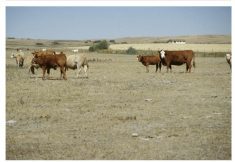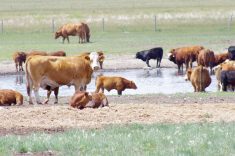Farmers are in good financial shape and able to weather both soaring costs and higher interest rates, says the country’s biggest ag lender.
“We are in a unique position where record farm revenues are helping to offset the impact of a sharp increase in input costs and rising interest rates,” said J.P. Gervais, Farm Credit Canada’s chief economist.
But that doesn’t mean farmers shouldn’t review their financial situation.
Read Also

Bison prices remain high, but supply shrinks
Bison numbers are down amid increasing demand and record high market prices.
“The key for producers is to pay close attention to projected income and expenses to avoid any cash flow challenges that could put pressure on operations,” Gervais said in a news release earlier this month.
“The ability to service debt is arguably the most critical financial risk indicator for a farm operation.”
The big thing in farmers’ favour right now is record-high prices coupled with a return to more normal production after last year’s drought.
And even though commodity prices are coming down and forecasts are for a moderate-sized harvest, FCC projects farm cash receipts “could climb 15.9 per cent to $96 billion in 2022.” That would be a new record and would come on the heels of a 14.9 per cent jump last year, which also saw record cash income.
“Even if our projections were more modest, the Canadian agriculture industry certainly seems financially healthy and in a good position to weather inflationary pressure and higher interest rates,” Gervais said.
And those headwinds are strong. The Bank of Canada recently upped its overnight rate by a full percentage point (bring the rise to 2.25 per cent over the last five months) while input costs have soared.
“Fertilizer prices saw a year-over-year increase of at least 50 per cent, and even more than doubled in some cases,” the FCC release noted. “Feed prices climbed more than 40 per cent year over year and farm fuel has increased by more than 35 per cent.”
The release also recommends producers “test various scenarios” by looking at potential commodity prices, input costs and interest payments.
“If a producer is already carrying significant financial risk, then reducing the risk of rising interest rates may be a prudent strategy,” Gervais said. “I’m not saying that everyone should lock in, but every producer needs to understand how different scenarios could play out and to do what’s right for their business.”
And farmers owe a lot of money.
In a recent article on its website, FCC said farm debt increased by 7.1 per cent last year and stood at $159 billion at the end of 2021.
Like many homeowners, farmers have been lured by ultra-low interest rates on variable rate loans, which are now marching steadily upward.
However, Farm Credit Canada says the percentage of new loans with variable rates actually declined. In the fourth quarter of 2019, 44 per cent of new loans had variable rates.
“The pandemic hit and the BoC (Bank of Canada) lowered its overnight rate to essentially zero,” the article states. “Variable rates declined, yet the share of disbursements made under a variable rate remained like a year ago at the end of Q4 2020 (41 per cent).”
That figure dropped again last year to 38 per cent by year’s end.
“It got to a low of 29 per cent in Q1 of 2022 as it became obvious the BoC would have to lift its overnight rate to fight off growing inflationary pressures,” FCC states.
However, the article recommends using a risk evaluation measure called the interest coverage ratio (ICR) to gauge an operation’s vulnerability to rising rates. The ratio “evaluates the ability to pay interest on outstanding debt by using net cash income before interest payments, divided by interest expenses.”
The article, available at www.tinyurl.com/4mb6vpav, looks at several scenarios when using the ratio, including three potential future interest rates.
FCC concludes that high farm revenues are the critical factor and the outlook is good.
“Global food demand continues to be robust while supply is limited in many producing countries,” the article states. “Canadian agriculture is in a good spot to weather inflationary pressures and higher interest rates. Yet, operations will need to adjust to farming under high interest rates — a situation unlike the one experienced for the last 15 years.”















